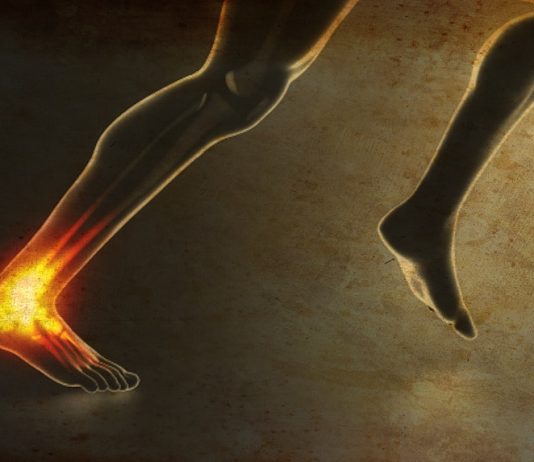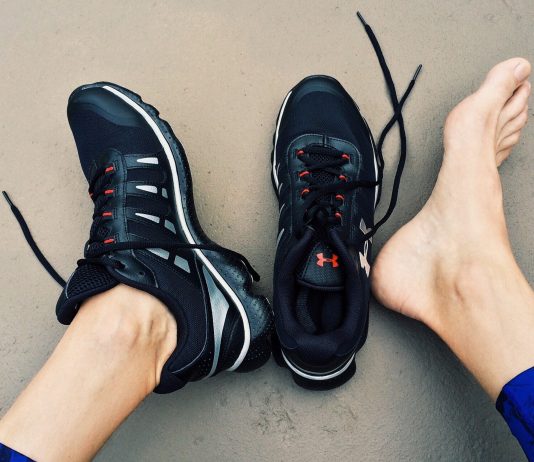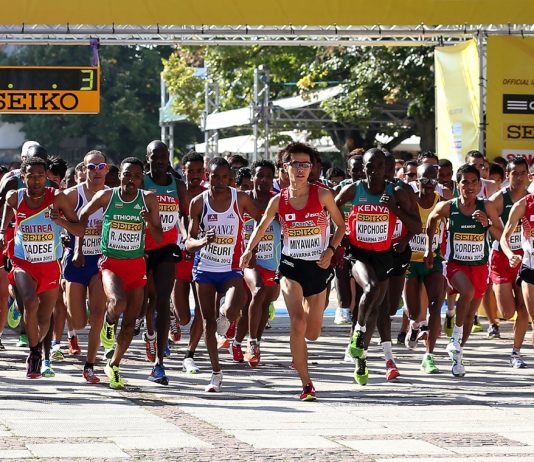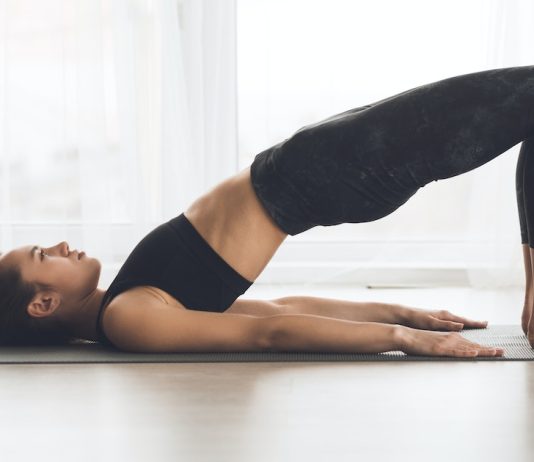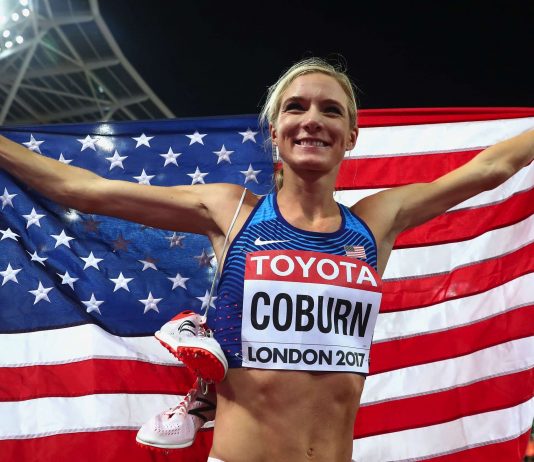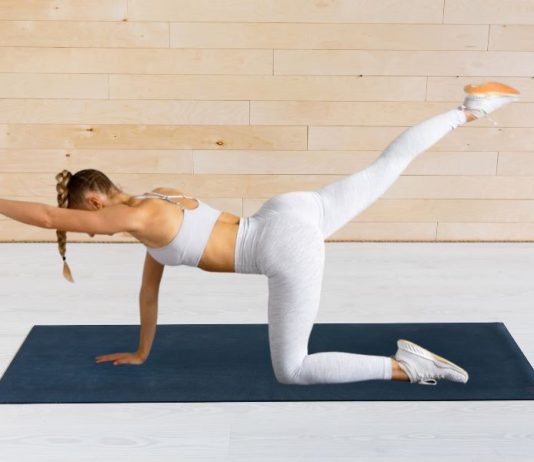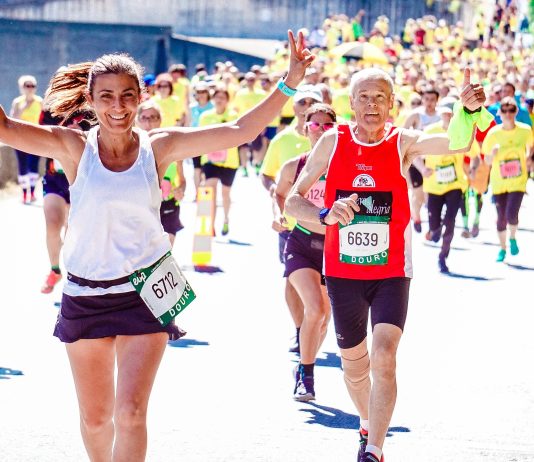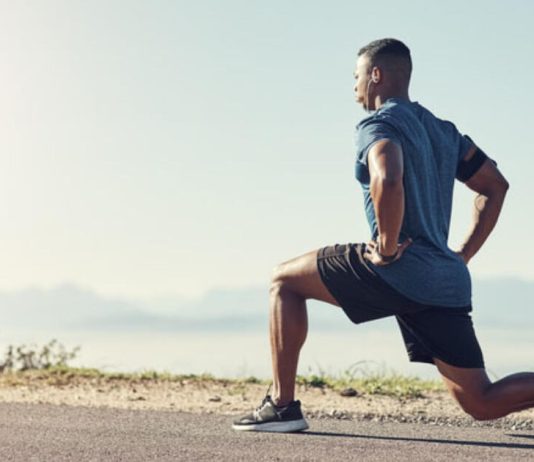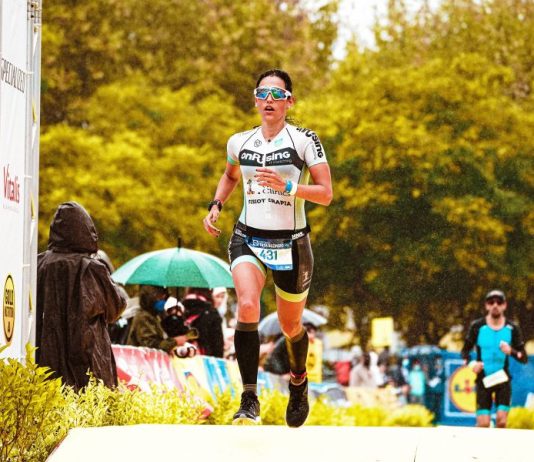Running is a popular exercise, but it can take a toll on your body. One of the most common problems runners encounter is Achilles tendon pain, which can be frustrating and uncomfortable. It is essential to understand this type of injury and learn how to prevent it from interfering with your performance.
Achilles tendonitis refers to a condition where the tendon experiences chronic stress injury due to the accumulation of minor stresses that eventually cause damage. This ailment typically arises when there is an increase in the frequency or intensity of physical exercise, and various factors like inflexibility or overpronation can exacerbate it.
The Night Wrap – Treating Inflammation
By Thomas Do Canto
It was over 10 years ago that I was first introduced to this off-label treatment and I believe it still has its place in the management of many soft tissue injuries.
So what is a night wrap? No, it's not a facial...
Being injured or carrying a bit of pain without any clear path forward can feel incredibly isolating, especially when it’s experienced amidst genuine physical isolation. I’m sure there are people out there pushing themselves pretty hard, but I’m using this as a time to work on some weaknesses that have had me running with my foot slightly on the clutch, rather than full throttle.
I’ve often found that running is the easy part, with strength work the first thing to be let go when I’m tired, but now I see this as my chance to get back on top of things. My physio [Brad Beer] is based on the Gold Coast (about 1,100km away) but the online consults and app with all my exercises have given me some much-needed structure and accountability.
Running enthusiasts are frequently advised to strengthen their glutes, particularly if they are injured. But how do glute bridges work and what precisely do the glutes perform when we run? Elevate your running game with Tarkine Trail Devil, where every step is a testament to exceptional performance and unmatched...
Emma Coburn is America's best female steeplechaser of all-time. Winning gold at the 2017 World Athletics Championships, Coburn is the first American to do so. Her 3000m steeplechase PB is 9:02.35, an American record.
Below, Emma shared on her Youtube channel her warm-up routine. It's full with nuggets of wisdom, for runners of all abilities.
Discover the transformative power of targeted low back exercises in safeguarding against pain and injury. The erector spinae, vital for spinal stability, demand focused attention to maintain strength. Unlock the potential of these five essential low back exercises, designed to fortify your core, enhance stability, and promote a life free from discomfort.
As we get older, our muscles tend to weaken naturally, and leading a sedentary lifestyle can exacerbate this issue. Strong calf muscles are particularly crucial to handle high-load forces that can occur during activities like running. Research suggests that the calf muscles may need to generate up to 9 times the body weight force during such activities. A weak calf muscle can result in muscle tears.
Are you a runner who has experienced sore quads and difficulty activating your glutes during long, flat runs? If so, you may be a victim of quad-dominant running. While this issue is fixable with the right changes to your form, there is some confusion when it comes to the advice given for weightlifting versus running.
Compression garments have surged in popularity over the past decades, especially among runners. While many athletes swear by their effectiveness, the scientific community has sought to uncover the truth. In a recent comprehensive analysis of 183 studies, researchers have provided valuable insights, suggesting that while compression gear may not live up to all claims, it carries minimal risks.


